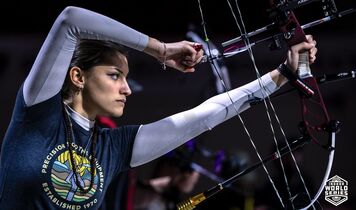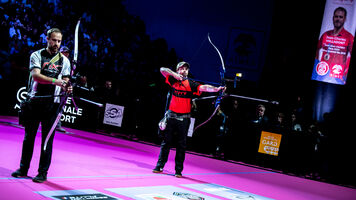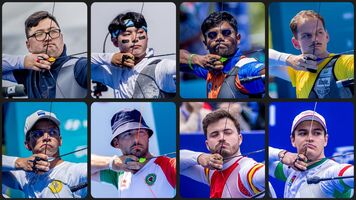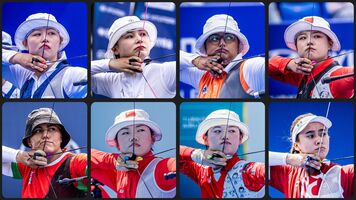Beginners’ guide to the Mexico City 2017 World Archery Championships
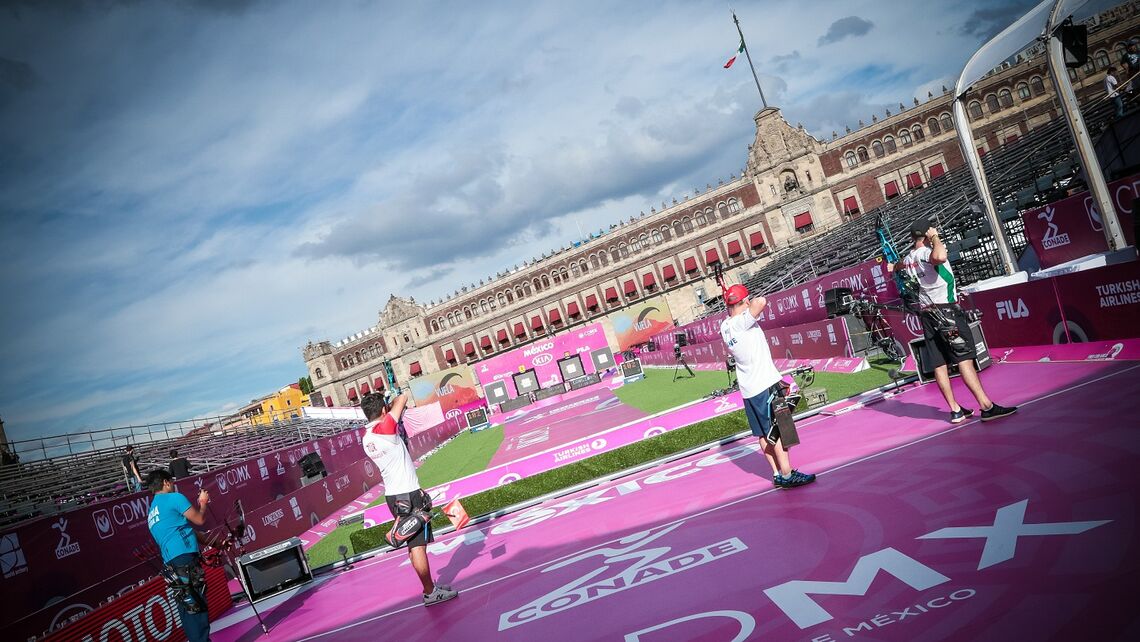
The World Archery Championships were first held when World Archery was formed (as FITA) in 1931 in Lviv, Ukraine (when it was known as Lwow and part of Poland).
Seventy-six years and 46 editions of the event later and we’re in Mexico City for the championships in 2017 – and nearly 400 of the world’s very best modern archers are here with us.
Factsheet: Mexico City 2017
- Venue: Campo Marte and Zocalo, Mexico City
- Dates: 15-22 October 2017
- Number of athletes: 376 (201 recurve, 175 compound)
- Medals: 10 (individual and team – recurve men, recurve women, compound men, compound women; mixed team – recurve and compound)
Defending Champions
- Individual
- Recurve men – KIM WOOJIN, Korea
- Recurve women – KI BO BAE, Korea (not competing)
- Compound men – STEPHAN HANSEN, Denmark
- Compound women – KIM YUNHEE, Korea (not competing)
- Team
- Recurve men – Korea
- Recurve women – Russia
- Compound men – Iran
- Compound women – Ukraine
- Mixed team
- Recurve – Korea
- Compound – Korea
Three facts
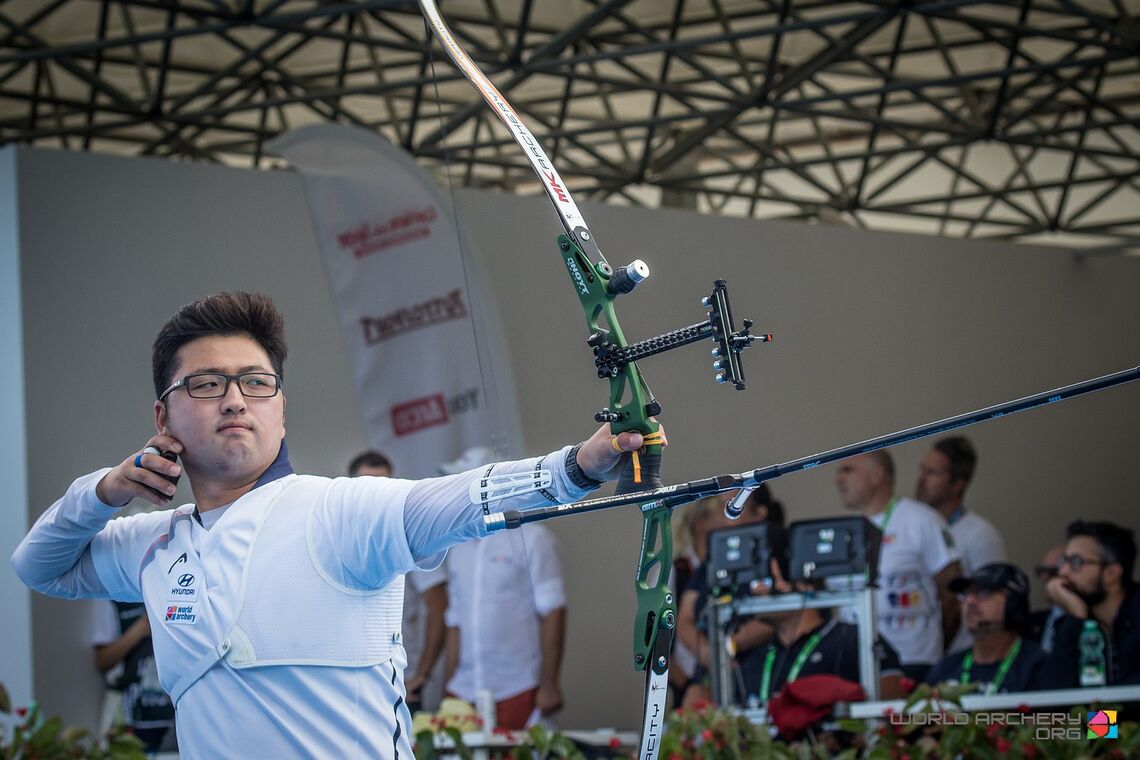
1) Recently-anointed Hyundai Archery World Cup Champion Kim Woojin won his first world title in 2011 and his second in 2015. In the modern era – since archery was added to the Olympic Games in 1972 – only one person has won the worlds three times.
Rick McKinney took gold in 1977, 1983 and 1985.
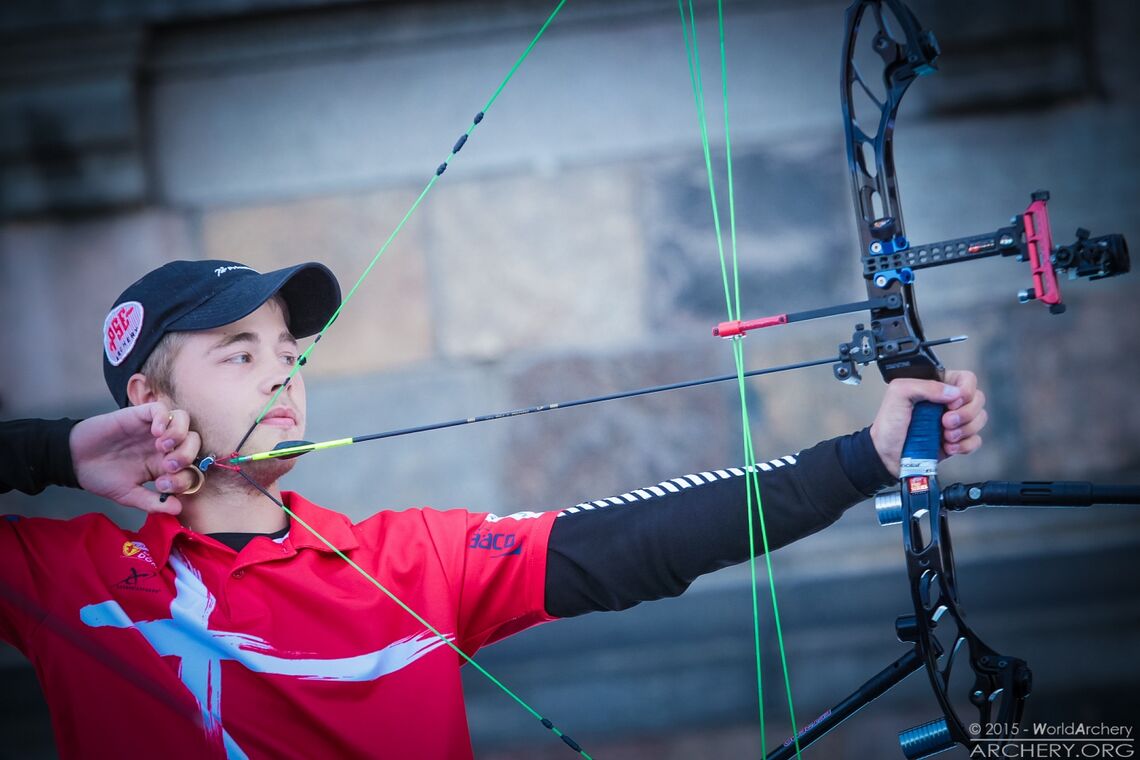
2) The last three World Archery Champions in the compound men’s division have all been under juniors (under 21) when they took the title.
Christopher Perkins was 19 in 2011, Mike Schloesser was 19 in 2013 and Stephan Hansen was 20 in 2015.
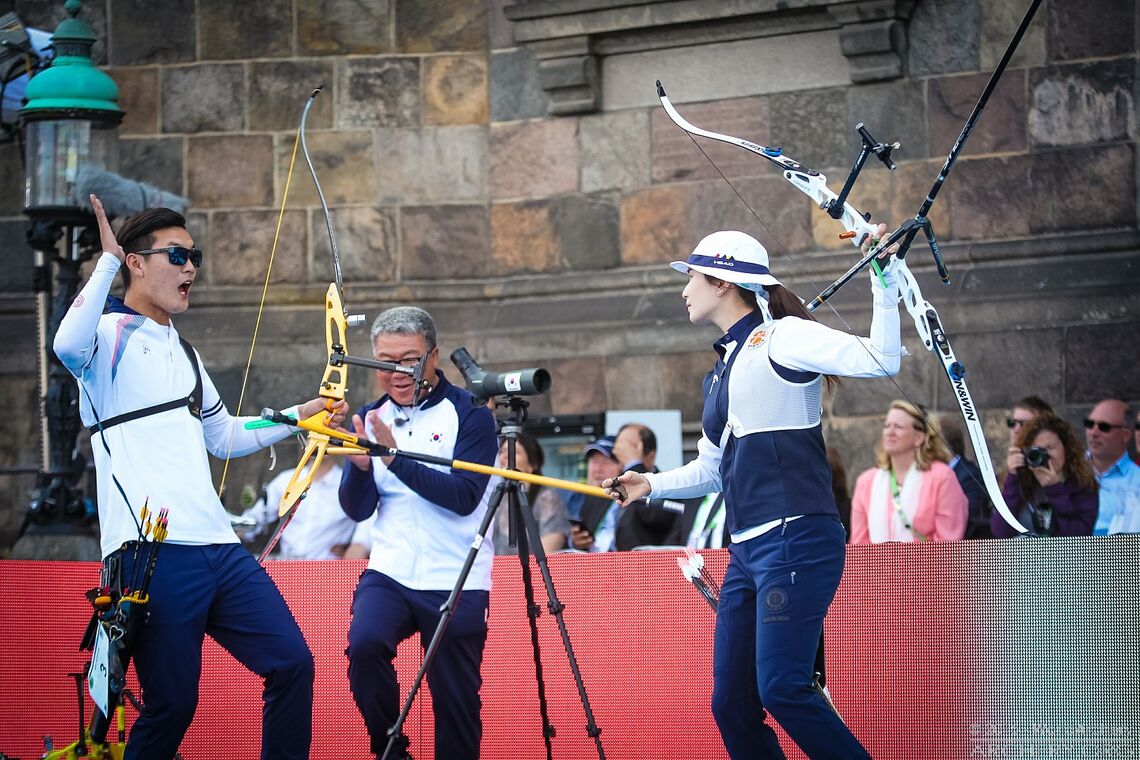
3) There have been significant additions to the World Archery Championships over the years. Along with the technological development of the recurve bow since 1931, the compound discipline was added in 1995 – and, in 2011, mixed team events were included for the first time.
Mexico City 2017 will be the first World Archery Championships to be held since the mixed team event was added to the Olympic programme for Tokyo 2020.
Schedule
15 October: Official practice
16 October: Qualification
17 October: Qualification and recurve team eliminations
18 October: Individual eliminations
19 October: Individual and compound team eliminations
20 October: Mixed team eliminations
21 October: Compound finals
22 October: Recurve finals
Equipment
Recurve: The modern evolution of traditional bows that have been used around the world for 1000s of years. The limbs curve away from the archer at the top, giving the “re-curve” its name.
An archer holds the riser, in the grip, and draws the string back to their face, placing their hand under their chin, using a finger tab to protect their fingers from the string. He or she aims at the target using a front sight.
The arrow, sitting on a rest attached to the riser, is propelled at speeds of over 200kph when the archer releases the string.
Compound: A bow invented in the 1960s that uses a levering system of cables and pulleys to efficiently impart energy from bent limbs to an arrow upon release, which can then travel at speeds of over 250kph.
Inherently more accurate that traditional equipment, compound bows are lighter to hold at full draw and athletes are permitted to use magnifying lenses in their sights, levelling bubbles and mechanical release aids.
How it works
Recurve athletes shoot at 122cm targets set 70 metres away, with 10 scoring zones. Competition starts with a 72-arrow ranking round, used to rank athletes, and is followed by knock-out elimination matches resolved using the set system.
Athletes shoot sets of three arrows – and the highest-scoring athlete in the set receives two set points; a draw awards one set point to each athlete. The first athlete to six set points wins the match.
(Teams shoot sets of six arrows and mixed teams shoot sets of four arrows, two per athlete. The first team or mixed team to five set points wins the match.)
Compound athletes shoot at 80cm targets set 50 metres away, with 10 scoring zones (the outer four are removed). Competition starts with a 72-arrow ranking round, used to rank athletes, and is followed by knock-out elimination matches resolved using cumulative score.
Athletes shoot 15 arrows, in five ends of three arrows, and the highest-scoring athlete wins the match.
(Teams shoot 24 arrows and mixed teams shoot 16 arrows, two per athlete per end.)
Favourites
The top five world ranked archers as they arrive in Mexico City.
Recurve men
- 1. KIM WOOJIN, Korea
 (Reigning Champion)
(Reigning Champion) - 2. JEAN-CHARLES VALLADONT, France

- 3. BRADY ELLISON, USA

- 4. IM DONG HYUN, Korea

- 5. SJEF VAN DEN BERG, Netherlands

Recurve women
- 1. CHANG HYE JIN, Korea
 (Olympic Champion)
(Olympic Champion) - 2. KI BO BAE, Korea
 (Reigning Champion, not competing)
(Reigning Champion, not competing) - 3. KSENIA PEROVA, Russia

- 4. ALEJANDRA VALENCIA, Mexico

- 5. CHOI MISUN, Korea

Compound men
- 1. STEPHAN HANSEN, Denmark
 (Reigning Champion, World Games Champion)
(Reigning Champion, World Games Champion) - 2. MIKE SCHLOESSER, Netherlands

- 3. DEMIR ELMAAGACLI, Turkey

- 4. BRADEN GELLENTHIEN, USA

- 5. STEVE ANDERSON, USA

Compound women
- 1. SARAH SONNICHSEN, Denmark

- 2. SARA LOPEZ, Colombia
 (World Games Champion)
(World Games Champion) - 3. SARAH PRIEELS, Belgium

- 4. TOJA ELLISON, Slovenia

- 5. ANDREA MARCOS, Spain

The 2017 World Archery Championships run 15-22 October in Mexico City, Mexico.

 (Reigning Champion)
(Reigning Champion)




 (Reigning Champion, World Games Champion)
(Reigning Champion, World Games Champion)
 (World Games Champion)
(World Games Champion)









